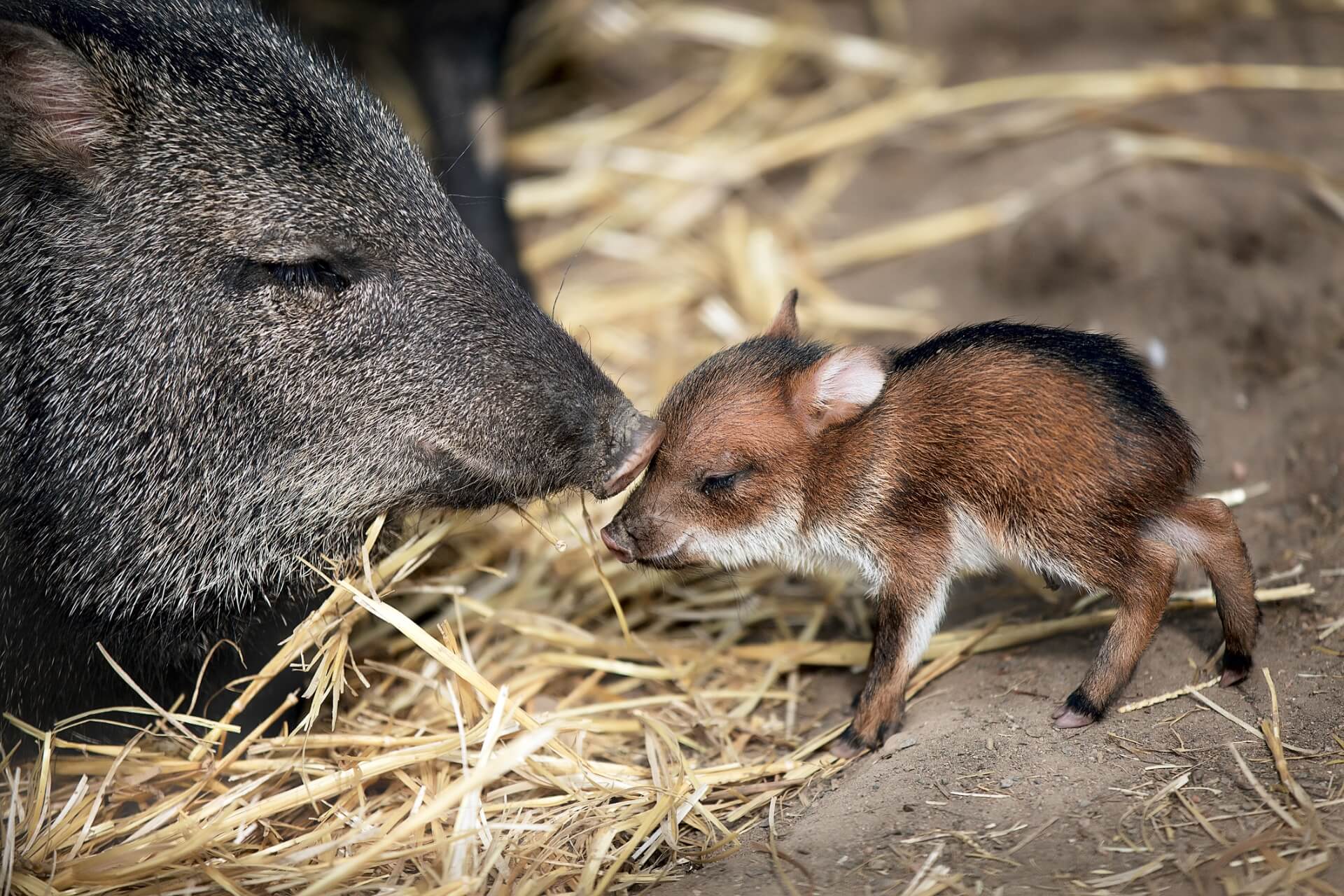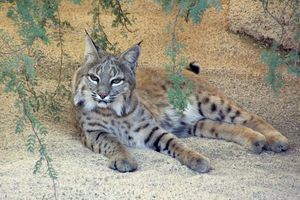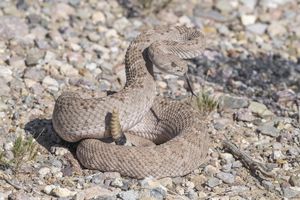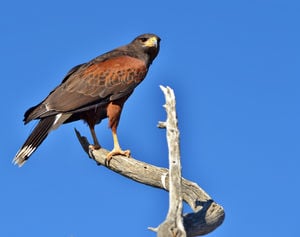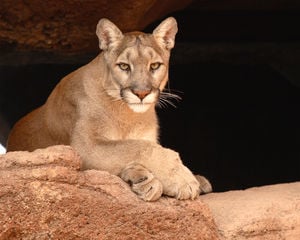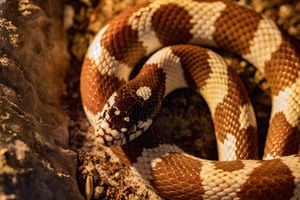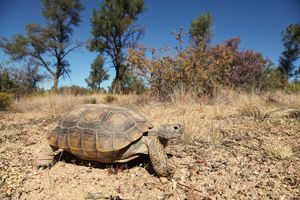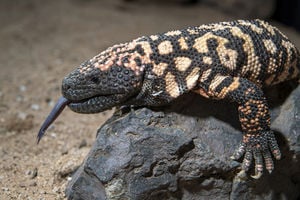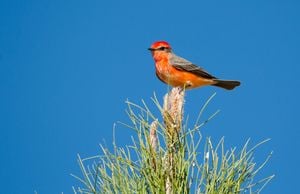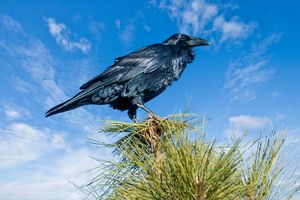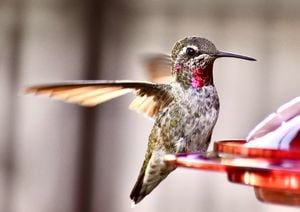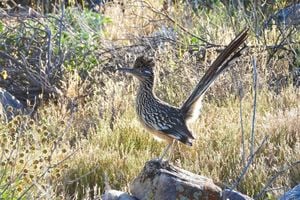The lush Sonoran desert allows wildlife to flourish—and the Oro Valley area definitely has a great sampling of desert dwelling creatures! Over the years I have seen countless videos from residents in the Greater Oro Valley area documenting the abundant wildlife. There are too many different animals to cover here—but we put together some facts about the most popular, most dangerous, and most adorable ones. Enjoy!
Javelina
Great Horned Owl
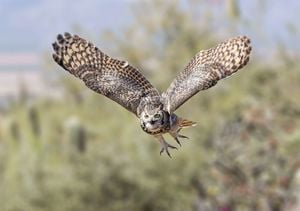
We are lucky enough to have some gorgeous species of owls in the area, and the Great Horned Owl is the most majestic. This owl is not to be trifled with – it is a powerful predator that can kill small mammals and birds larger that itself. The Great Horned Owl also likes snakes, scorpions and mice on the menu – and can be advantageous to those trying to keep vermin down. We are fortunate enough to have a pair of them living in trees on our property, and I love hearing them hoot all night long. Even though the female is larger, the male has a deeper hoot. Be aware that while pets are not preferred fare for the Great Horned Owl, they will make exceptions.
There are so many other birds, animals and insects that we couldn’t cover here such as deer, Cooper’s Hawks, jackrabbits, cactus mice, Verdins, gray fox, Cactus Wrens and more. We encourage you to visit the Arizona-Sonora Desert Museum, which is a zoo, botanical garden, art gallery and museum all in one. It is a fabulous place to take out of town guests to introduce them to Sonoran Desert nature!

